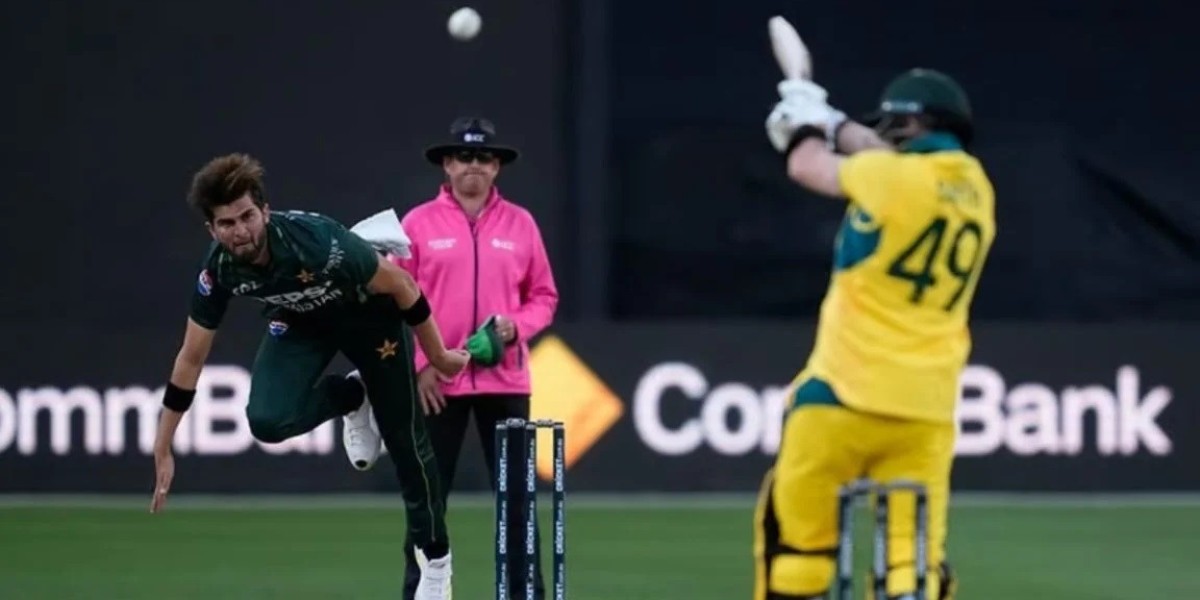We were able to land on Mercury, Venus and Mars. Although not very comfortable, at least you can stand on something with your feet and observe the surroundings. But if you talk about Jupiter and Saturn, it is absolutely impossible to land there. There is no objection to say that these two planets are actually only made of clouds.
Thursday
The planet Jupiter is not as big as it looks. But Jupiter has 95 satellites like Dastur. Some of them are very big. Two are equal to our moon, and two are not less than Mercury in size.
There is no way to distinguish any details of Jupiter's moons from Earth. far away But now the American space probes Pioneer and Voyager have flown past Jupiter and Saturn. They took close-up pictures of the two planets and their moons. As it turns out, Jupiter's largest moons are very intriguing.
'Europa'—bright, white-golden, smooth, as if polished. But the first thing is to eat. 'Ganymede'—the largest, black, with white streaks all over it. It looked like it was made of solid ice, covered in a black crust, as if it had been hacked with something sharp.
'Callisto'—huge, khaki-colored, absolutely broken. Agagora is scarred in holes and pits. If you want to see Jupiter, you have to go down to Io. And of all the satellites it is the closest to Jupiter. Because Jupiter rotates so quickly, the area along its equator is covered in clouds—like water flowing down a river bed.
These streams of clouds are constantly overtaking each other, coiling, changing shape. In one place, a strange red spot can be seen from time to time among the white patches of Jupiter. As it happens when the water rises from the bottom of the river, it is the same in this place. Red smoke is rising from somewhere deep below. The crimson cloud is coiling through the stream of white clouds, sometimes bright, sometimes pale.
It cannot be said, maybe there is a volcano erupting under this sea of clouds, sometimes it goes out, sometimes it burns again and again? One day this mystery of Jupiter must be solved.



















































